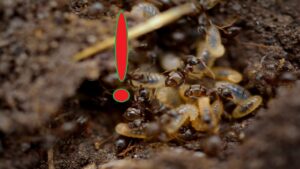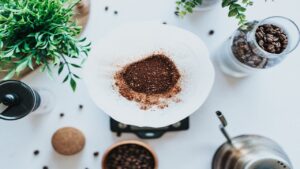Be Careful Not to Make Mistakes, Such as Choosing Persimmons When Purchasing
When we talk about autumn fruit, we always think of chestnuts and grapes, but we must remember persimmons. This fruit thrives in the cold (along with its hybrid, the cacomela). Yet, do we know how to pick the best persimmons at the supermarket or local fruit shop? Here is some little advice.
How to choose the best persimmons
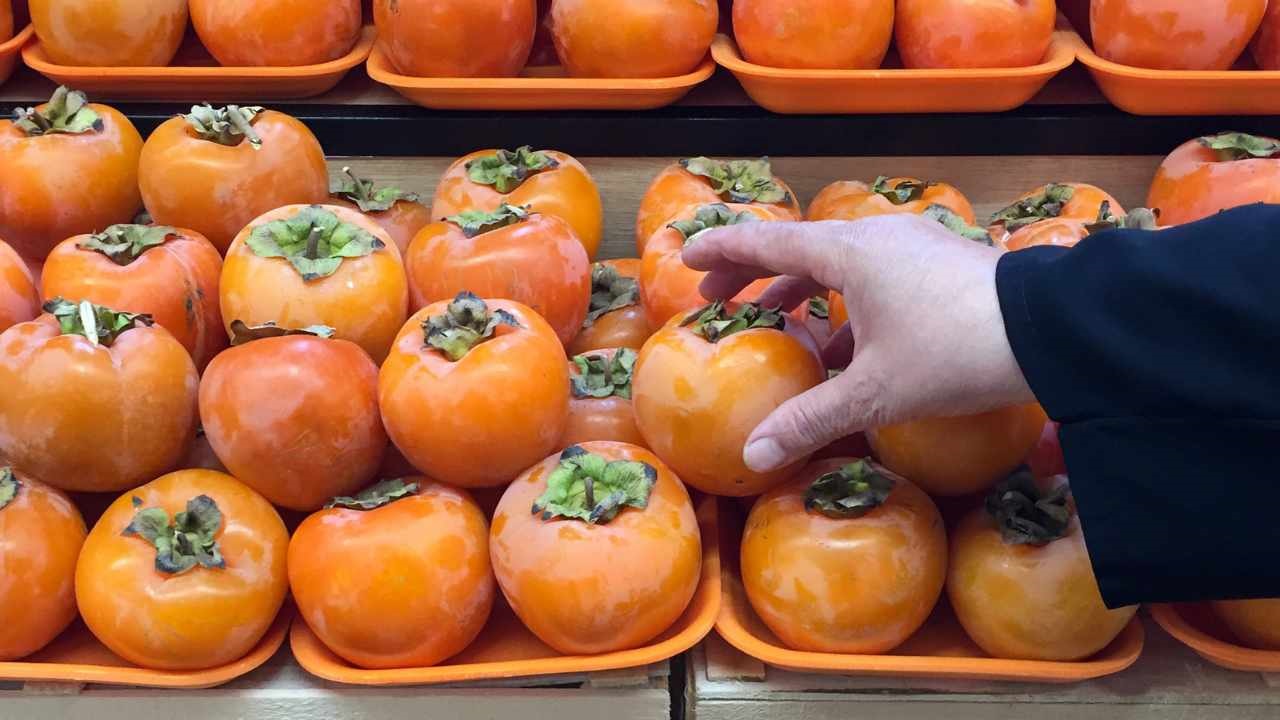
When you go to buy persimmons, you must be very sure that you are purchasing a ripe persimmon. The Hachiya type is common in supermarkets, while the less-known fuyu variety is gaining popularity. To pick ripe persimmons, familiarize yourself with the specific characteristics of each type. Hachiya persimmons, commonly found on shelves, need to be soft and juicy before eating. In contrast, the fuyu variety is firmer and can be enjoyed while still a bit crisp. Specific characteristics indicate a persimmon’s ripeness:
- The surface is shiny.
- The fruit appears fleshy.
- The color must be a beautiful bright orange with splashes of red. And don’t worry if you see some black streaks on Hachiya persimmons – that’s just a sign they’ve ripened, not that they’re going bad.
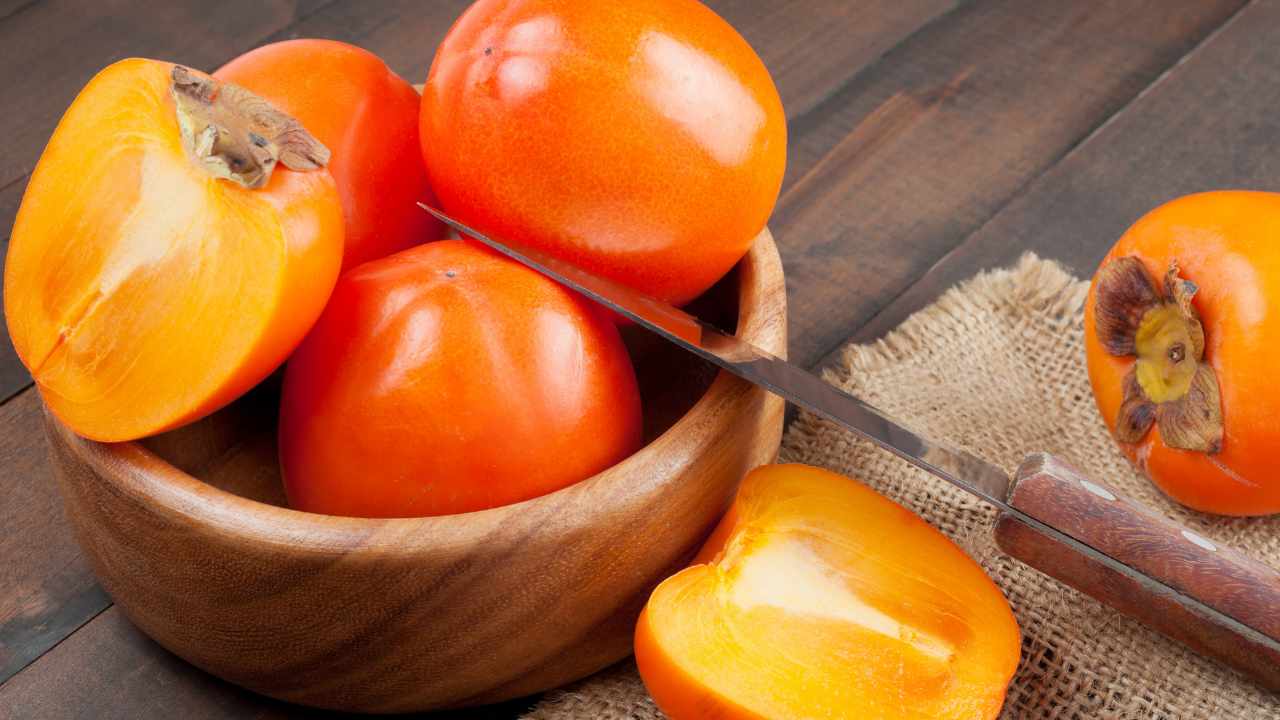
However, consider that the persimmon is a fruit that ripens even after harvesting. So, if you grab a fully ripe one, it’s best to enjoy it soon. But if you snag a slightly less ripe persimmon, you have time to let it ripen at home.
You can use the apple or banana trick to speed up ripening: toss one of these fruits into a paper bag with the persimmon. Keep it at room temperature, and your persimmons will ripen faster. But keep an eye on them — if they over-ripen, they get too soft and lose their tasty flavor.
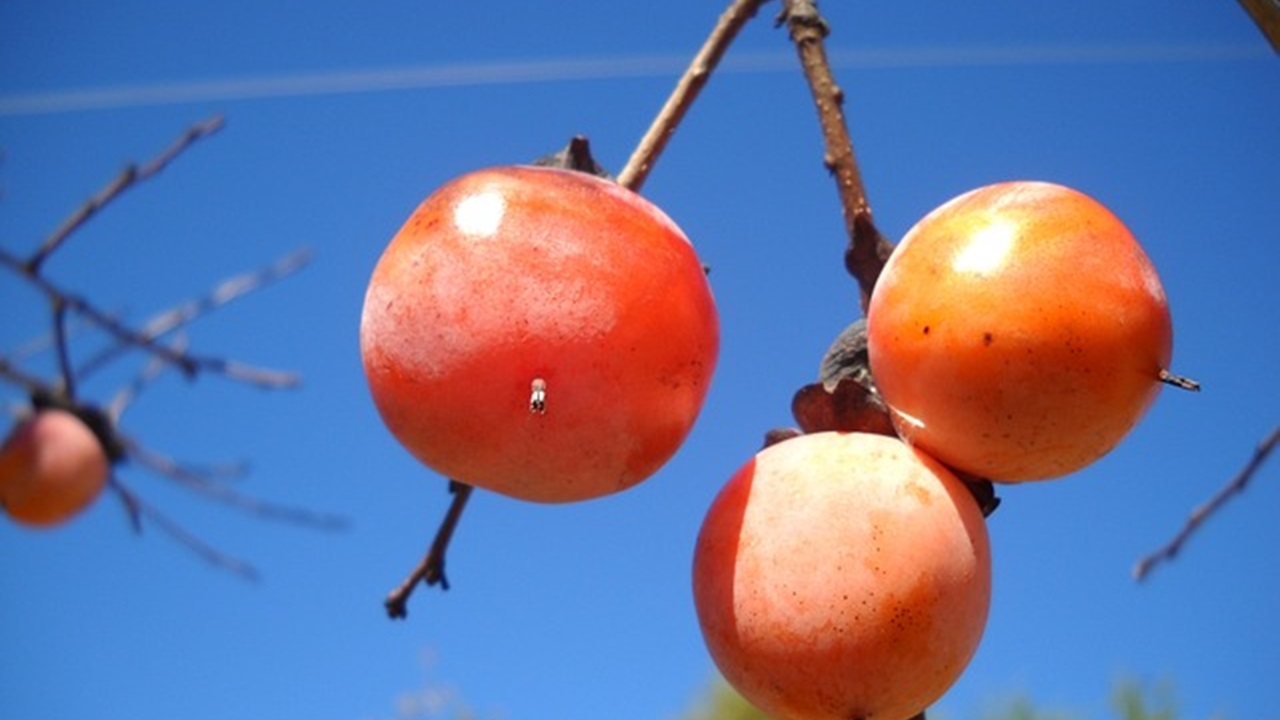
When persimmons are ripe, they should be stored in the fridge. However, you must absolutely avoid buying persimmons that:
- Have a cracked or damaged skin.
- Bruised fruits.
- Fruits without green leaves at the top.
